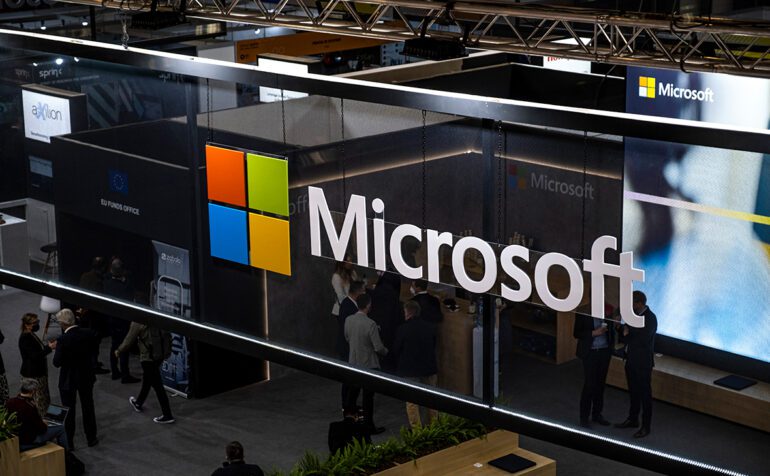TL;DR:
- Microsoft is partnering with OpenAI to bring powerful language models (GPT-4 and GPT-3) to U.S. federal agencies through its Azure cloud service.
- The integration of OpenAI’s models with Azure Government enables government customers to leverage these models for specific tasks such as content generation, language-to-code translation, and summarization.
- This marks the first effort by a major company to make chatbot technology available to government agencies, expanding the transformative potential of AI in the public sector.
- Microsoft already offers GPT technology to its commercial cloud users through Azure OpenAI Services, and this collaboration further strengthens its position as a leading provider of AI solutions.
- The inclusion of OpenAI’s GPT models in Azure Government highlights the growing recognition of language models’ potential to revolutionize industries and foster a more connected and efficient future.
Main AI News:
In a significant move, Microsoft Corp announced its plans to deploy OpenAI’s groundbreaking language-producing models to U.S. federal agencies via its Azure cloud service. This strategic collaboration was unveiled in a recent blog post by the technology giant. Microsoft, headquartered in Redmond, Washington, has expanded its support for large language models (LLMs), encompassing the latest and most advanced LLMs, such as GPT-4 and GPT-3 developed by OpenAI, for Azure Government. The adoption of LLMs has witnessed exponential growth following the emergence of ChatGPT, a creation of OpenAI in which Microsoft has a vested interest. Enterprises of all sizes and across industries are racing to harness the capabilities of these models by integrating them into their operations.
Azure Government, Microsoft’s cloud solutions offering tailored to U.S. government agencies, will now benefit from the inclusion of GPT technology, marking a significant milestone for Microsoft. As a pioneer in making chatbot technology accessible to governments, Microsoft aims to empower public sector organizations with the transformative potential of GPT models. While Microsoft already provides GPT technology to its Azure commercial cloud users through Azure OpenAI Services, this is the first instance of its integration with Azure Government.
Government customers will have the flexibility to adapt these language models to suit their specific requirements, leveraging their prowess for tasks such as content generation, language-to-code translation, and summarization. This collaboration signifies Microsoft’s commitment to enabling public sector entities to leverage cutting-edge AI technology to drive innovation and efficiency in their operations.
Microsoft’s Azure OpenAI Services already cater to a vast customer base, with approximately 4,500 customers as of May. By extending the availability of GPT models to government agencies, Microsoft is poised to further enhance its reputation as a leading provider of cloud-based AI solutions. As businesses continue to explore new possibilities and push boundaries, the inclusion of OpenAI’s GPT models in Azure Government presents an opportunity for government agencies to leverage state-of-the-art natural language processing capabilities, enabling them to unlock new efficiencies and augment decision-making processes.
Conclusion:
Microsoft’s collaboration with OpenAI to integrate GPT models with Azure Government signifies a significant step towards harnessing the power of AI in the public sector. By providing government agencies with access to advanced language models, Microsoft is empowering them to leverage AI-driven capabilities for enhanced content generation, translation, and summarization.
This move not only expands Microsoft’s market presence but also reflects the increasing importance of language models in transforming industries and driving innovation. As the demand for AI solutions continues to grow, Microsoft’s strategic move positions it at the forefront of enabling government agencies to unlock the transformative potential of AI technology.

